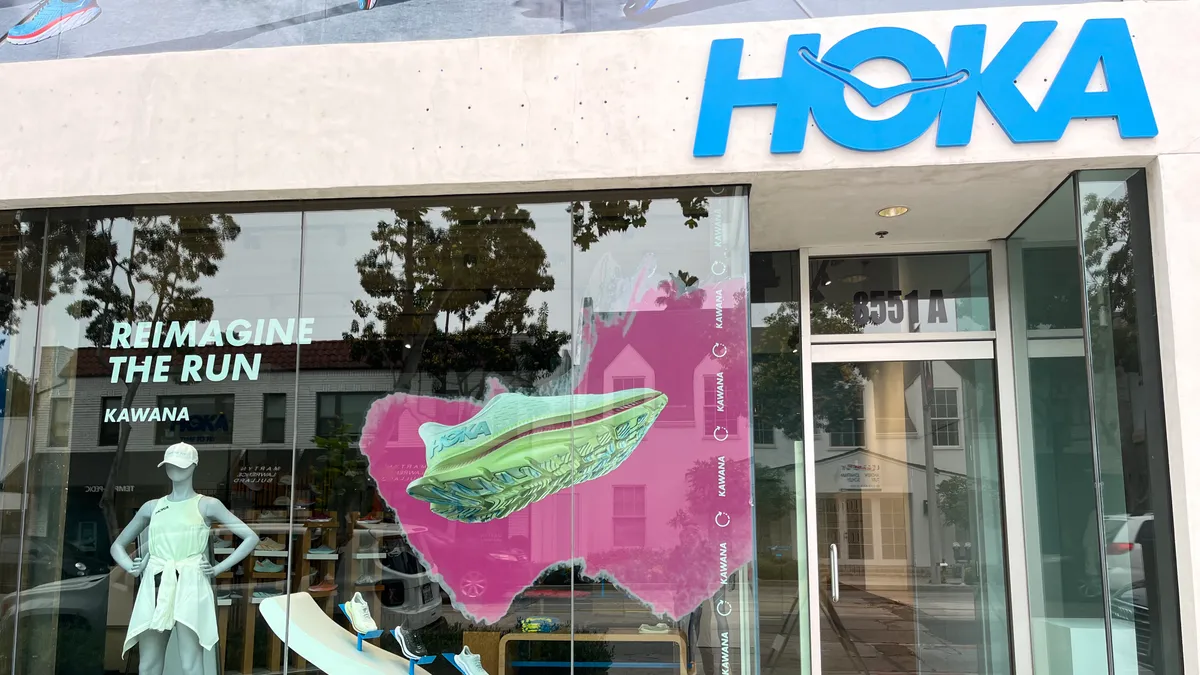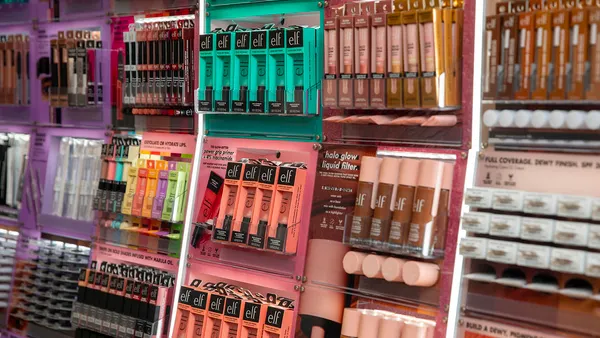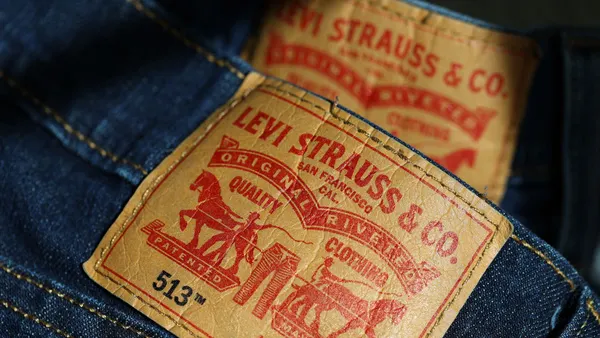Dive Brief:
- U.S. footwear sales declined in the first half of the year, though average selling price was up 2% year over year, according to a recent Circana report. Dollar sales for the category were down 1% in the period, while units sold declined 2%.
- Fashion and outdoor footwear drove the declines, with fashion down 6% in the first half due to softness in seasonal categories. There were some exceptions, with pumps, high shaft boots, boat shoes, flats and ballerina shoes all seeing growth.
- Sport lifestyle and performance footwear were the real winners in the first six months of 2025, though, with those categories experiencing growth across all three metrics.
Dive Insight:
Tariffs may be threatening activewear brands this holiday season, but shoppers are continuing to buy athletic footwear — at least for now.
Running-inspired shoes drove dollar sales up 3% in sport lifestyle, the largest footwear segment, with soccer and cross-training styles also contributing. Similar trends bolstered the performance category, with dollar sales of running and cross-training shoes up 7% and unit sales up 9%. Walking shoes saw both dollar and unit sales increase by double-digits, according to Circana.
“Consumers continue to focus on their footwear must-haves,” Beth Goldstein, footwear and accessories adviser at Circana, said in a statement. “Sneakers are driving much of the growth, along with a handful of fashion styles that offer both newness and versatility.”
Although prices are already increasing, Goldstein said those are largely due to product mix shifts, with high-priced brands and products taking market share.
Nike raised prices on some products in the spring, while running brand On did so in July (though the Swiss retailer in August said it didn’t expect to increase them further). Hoka owner Deckers is also aiming to combat tariffs, in part, with price hikes. Adidas has warned it will follow suit if tariffs don’t abate, but said it is planning to let others in the industry set the pace and will not “run away” from lower price points. That may be important in the back half of the year.
“As we move through the back-to-school and holiday seasons, rising prices may begin to test the limits of consumers’ wallets — making value an even more critical factor as they prioritize their footwear purchases,” Goldstein said.
One of the trends bolstering active footwear in particular is its popularity with teen shoppers, who are also helping the trajectory of fast-growing brands such as Hoka and On. Both have been flying high on double-digit growth in recent quarters. Needham analyst Tom Nikic noted in a recent note that Google searches for “On Cloud” sneakers grew 27% year over year in Q2, up from 24% in Q1, and accelerated even more in July.
“While some footwear brands have discussed challenging wholesale trends, this has largely been on the lower end of the distribution pyramid, where [On] does not participate (family footwear, off-price, etc.),” Nikic said in an Aug. 8 note. “Meanwhile, rival [Deckers] was very bullish on the wholesale channel for Hoka.”















